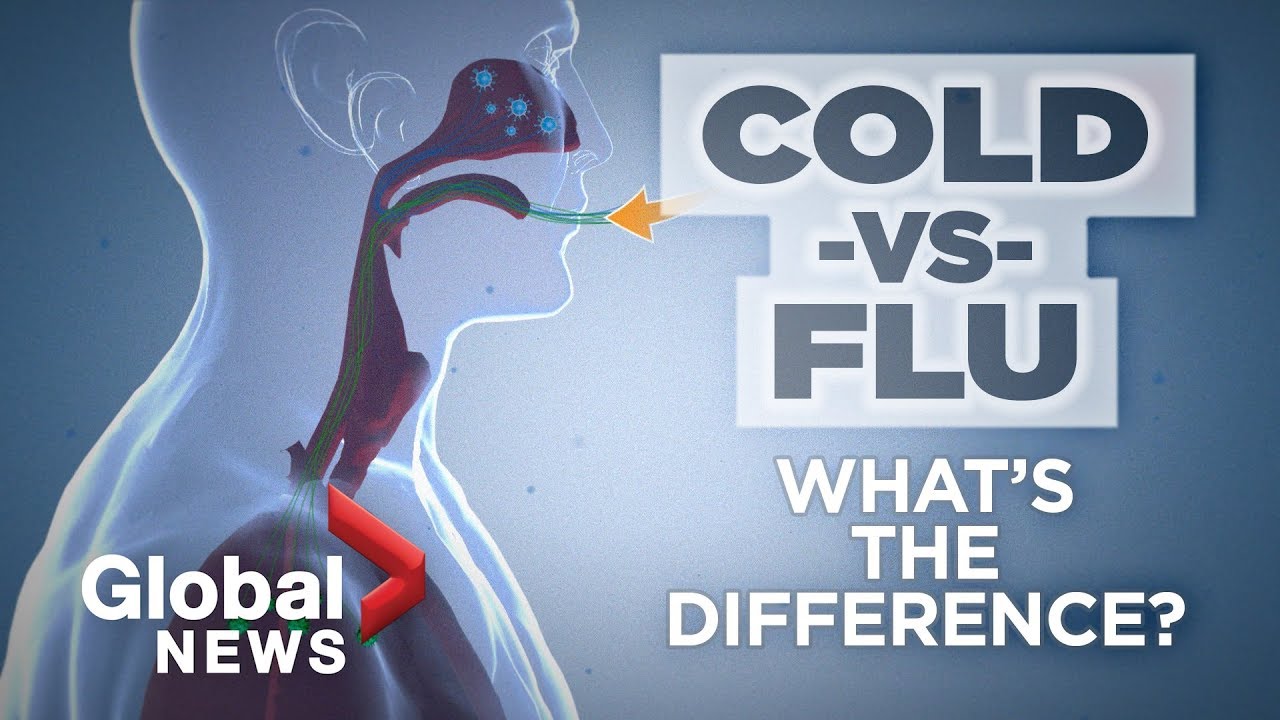Discover the Unseen Battle: What Does a Head Cold Feel Like? Have you ever wondered what lurks beneath the surface when you catch a head cold? Prepare to be captivated as we delve into the mysterious realms of nasal congestion, sneezing, and fatigue. Brace yourself for an immersive journey through the intricate sensations that accompany this common ailment. Picture the relentless waves of nasal congestion, making every breath feel like a struggle, as your sinuses become a battleground for healing. Experience the explosive power of sneezing, as your body fights to expel the invaders, leaving you momentarily disoriented yet oddly satisfied. And let’s not forget the overwhelming fatigue that seeps into your bones, dragging you down like a heavy anchor, making even the simplest tasks feel Herculean. As we unravel the enigmatic symptoms, you’ll gain a newfound appreciation for the intricacies of the head cold, and perhaps discover a hidden fascination with the world inside your own body. So, buckle up and embark on this enthralling exploration of what it truly feels like to have a head cold.

What Does a Head Cold Feel Like?
| Symptoms | Description |
|---|---|
| Nasal Congestion | One of the hallmark symptoms of a head cold is nasal congestion. This occurs when the blood vessels in the nasal passages become inflamed and produce excess mucus, leading to a stuffy or blocked nose. |
| Sneezing | Sneezing is a common symptom of a head cold and is the body’s way of trying to expel irritants or viruses from the nasal passages. It is often accompanied by a runny or itchy nose. |
| Sore Throat | A head cold can cause a sore throat, which is often characterized by pain, irritation, or scratchiness in the throat. This symptom may be due to the drainage of mucus from the nasal passages into the throat. |
| Coughing | Coughing is another common symptom of a head cold, especially if the mucus from the nasal passages drips down into the bronchial tubes. It can be dry or productive, and may worsen at night or with physical activity. |
| Headache | Many individuals with a head cold experience headaches, which can range from mild to severe. These headaches are often caused by sinus congestion and inflammation, leading to pressure and pain in the forehead, temples, or around the eyes. |
| Fatigue | A head cold can make you feel tired and fatigued. This is because the body’s immune system is working hard to fight off the virus, diverting energy away from normal bodily functions. |
It’s important to note that the severity and duration of these symptoms can vary from person to person. While most head colds resolve within a week or two, some individuals may experience symptoms for a longer period of time. If your symptoms worsen or persist, it is advisable to consult a healthcare professional for further evaluation and guidance.
“Decoding the Flu: Unraveling the Mystery of Cold vs. Flu Symptoms”
What Does a Head Cold Feel Like?
A head cold, also known as the common cold, is a viral infection that primarily affects the nose and throat. It is a highly contagious illness that can spread through droplets in the air or by direct contact with an infected person. While most head colds are mild and resolve on their own within a week or two, they can still cause a significant amount of discomfort. Here are five main aspects of what a head cold feels like:
1. Nasal Congestion and Runny Nose
One of the most common symptoms of a head cold is nasal congestion. Your nasal passages may feel blocked or stuffy, making it difficult to breathe through your nose. This congestion is often accompanied by a runny nose, which means your body is producing excess mucus to help flush out the virus. You may find yourself constantly reaching for tissues to wipe your nose.
2. Sneezing and Watery Eyes
Another common symptom of a head cold is sneezing. The irritation caused by the virus in your nasal passages can trigger frequent sneezing episodes. Along with sneezing, you may also experience watery eyes. This occurs as a result of your body’s immune response to the virus, which leads to increased tear production.
3. Headache and Facial Pressure
Ahead cold can cause a dull or throbbing headache. This headache is often accompanied by facial pressure, particularly around the sinuses. The congestion in your nasal passages can lead to a buildup of mucus, causing discomfort and pressure in your face. This sensation can be particularly bothersome, making it difficult to concentrate or perform daily activities.
4. Sore Throat and Cough
A head cold can also cause a sore throat and cough. The viral infection can irritate the throat, leading to discomfort and a scratchy or hoarse feeling. This can make swallowing painful or difficult. Additionally, the postnasal drip caused by excess mucus can trigger a cough as your body tries to clear the mucus from your throat.
5. General Malaise and Fatigue
When you have a head cold, you may experience a general feeling of malaise. This can manifest as a sense of overall discomfort or uneasiness. You may also feel fatigued and lack energy, as your body is working hard to fight off the viral infection. It is important to rest and take care of yourself during this time to aid in the recovery process.
In conclusion, a head cold can cause a range of symptoms that can make you feel quite miserable. The nasal congestion, runny nose, sneezing, watery eyes, headache, facial pressure, sore throat, cough, general malaise, and fatigue are all typical signs of a head cold. While over-the-counter medications can help alleviate some of these symptoms, it is important to remember that a head cold is a viral infection, and antibiotics are not effective in treating it. Instead, focus on getting plenty of rest, staying hydrated, and practicing good hygiene to prevent the spread of the virus. If symptoms worsen or persist for an extended period, it is advisable to seek medical attention to rule out any complications or other underlying conditions.
What Does a Head Cold Feel Like?
- Stuffy or blocked nose
- Runny nose
- Sneezing
- Congestion in the sinuses
- Pressure or pain in the forehead or face
- Headache
- Sore throat
- Coughing
- Fatigue or tiredness
- Mild body aches
- Difficulty concentrating
- Decreased sense of taste or smell

